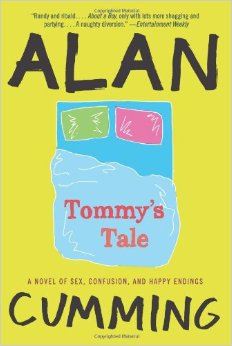I recorded the audiobook of The Conch Bearer by Chitra Banerjee Divakaruni
Dinner for Five
I took part in Dinner For Five season 3 with Amy Irving, Faizon Love, Isaac Mizrahi, and hosted by Jon Favreau.
Eavesdropping - Megan Mullally



I interviewed the gorgeous Megan Mullally for the fourth of my series of specials Eavesdropping with Alan Cumming for the Oxygen channel in LA. We had never met before but got on like a house on fire.
Eavesdropping - Liv Tyler
I took the lovely Liv Tyler to Coney Island for the third of my Eavesdropping with Alan Cumming shows for Oxygen.
24 Hour Plays
Garfield the Movie
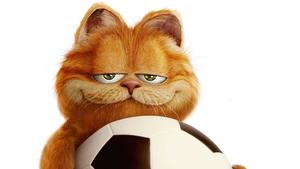
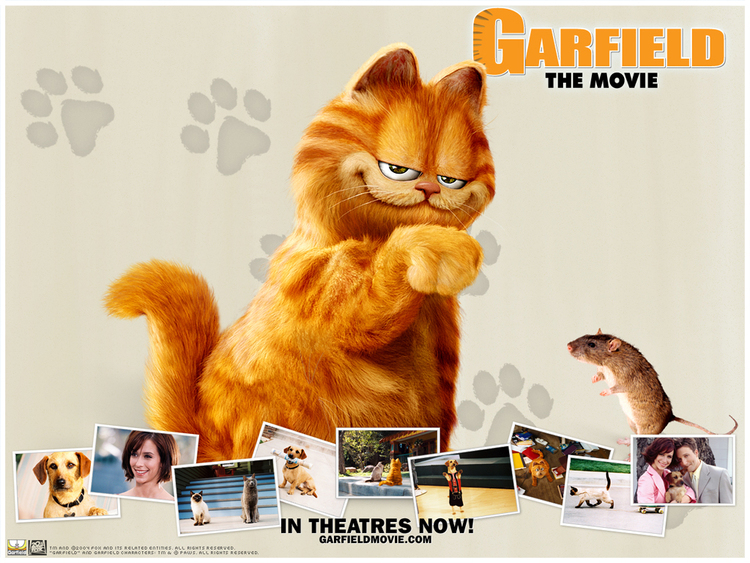
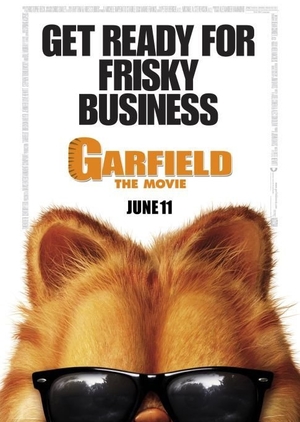
I recorded the voice of Persnickitty the Cat in Garfield, the live action version of the popular cartoon. Other voices are supplied by Bill Murray and Debra Messing. Meow.
Orange Mobile Commercial
I shot an Orange Mobile phone commercial which was shown in UK cinemas. It was part of a series of ads in which various actors tried to pitch ideas to Mr Orange. It's quite a hoot.
Shoebox Zoo

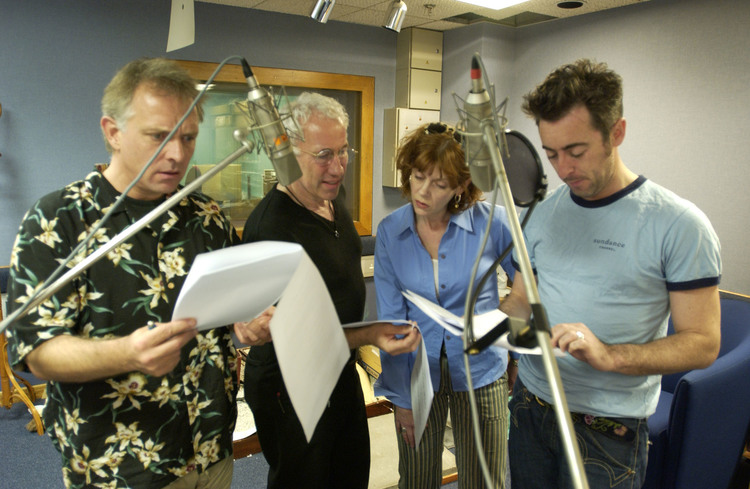
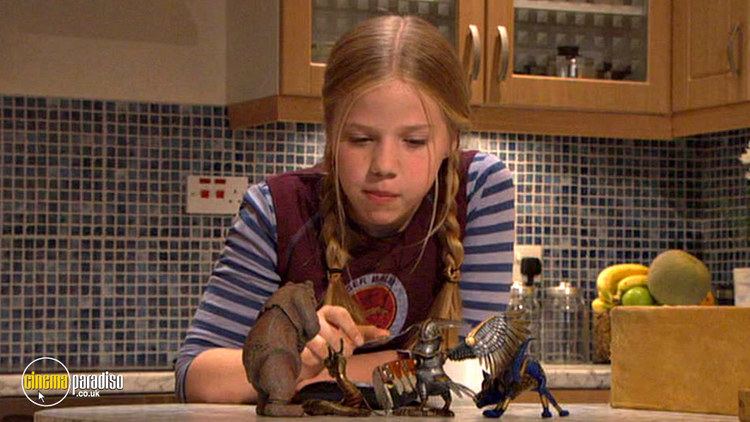
I provided the voice for the bumbling yet kind-hearted Bruno the Bear in this CBBC Scotland series about a girl and her enchanted adventures with four beautifully carved animals that spring to life on her command. Shoebox Zoo was first broadcast on CBBC in September 2004.
Ripley Under Ground
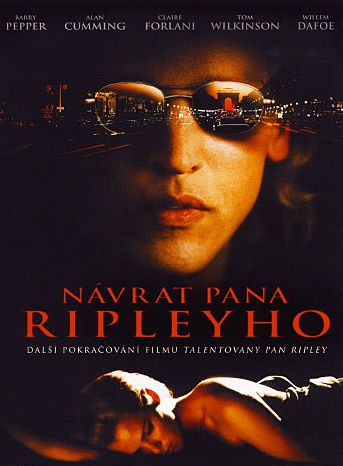
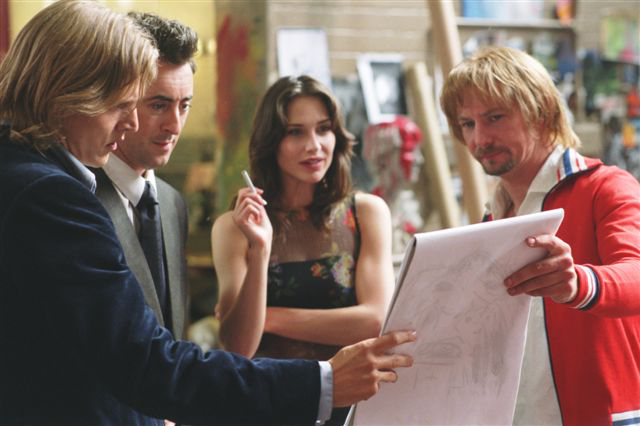
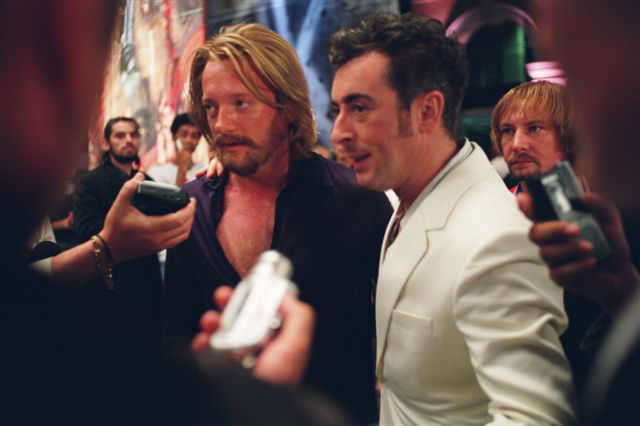

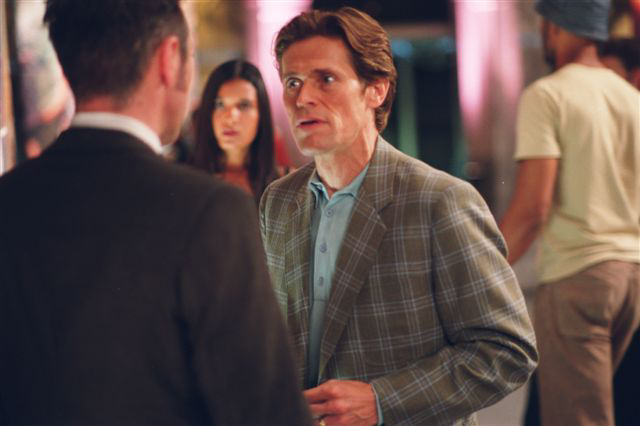
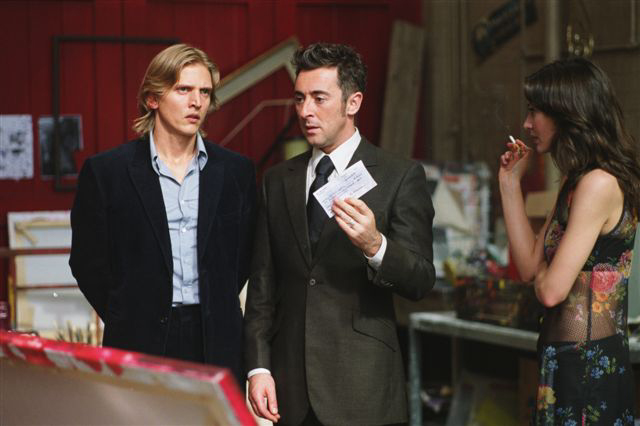
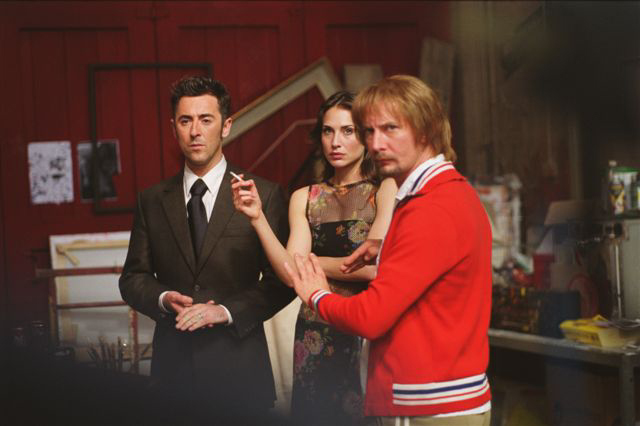

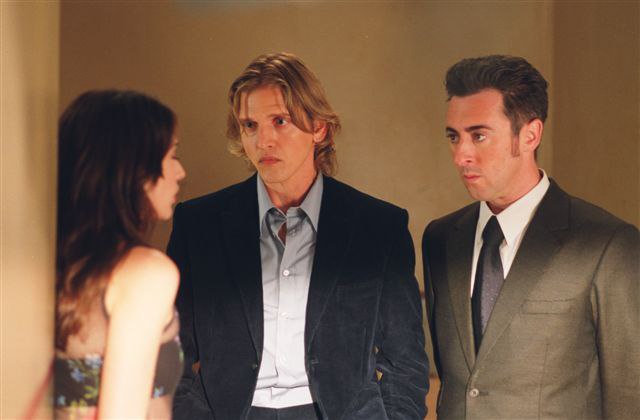
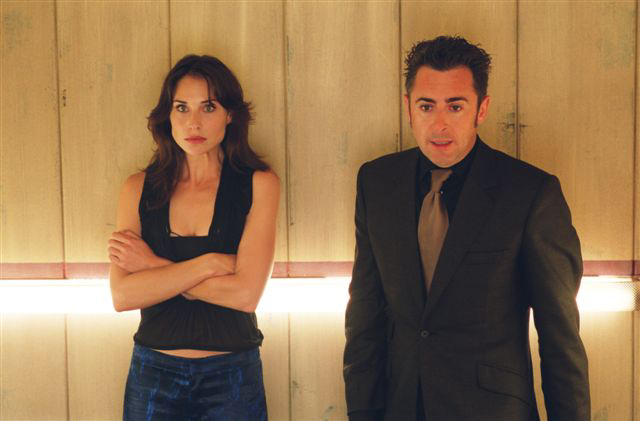
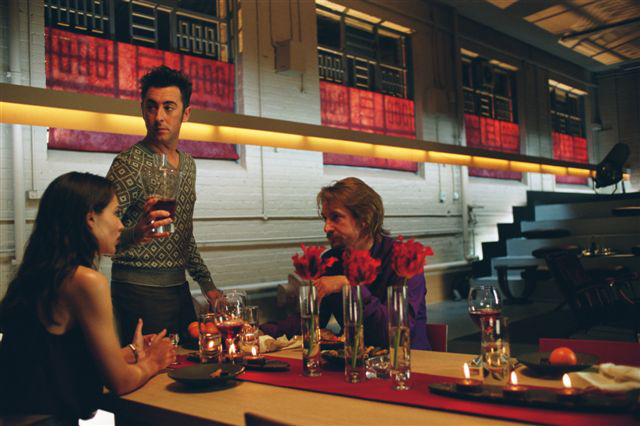

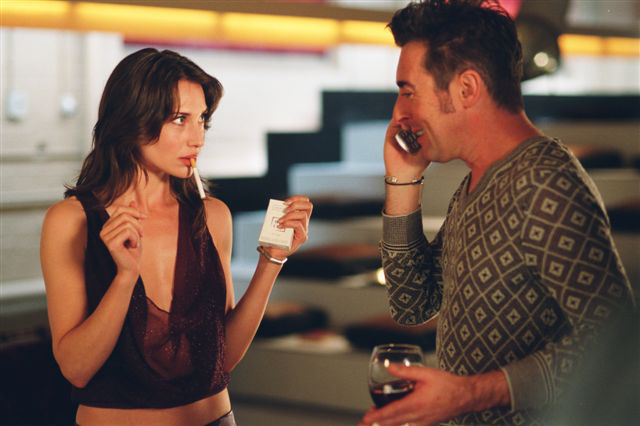
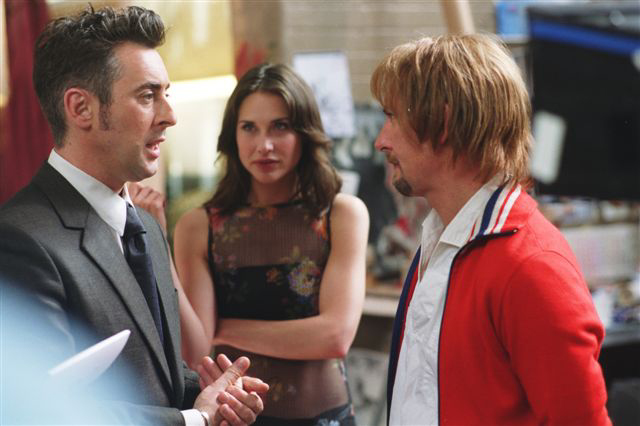
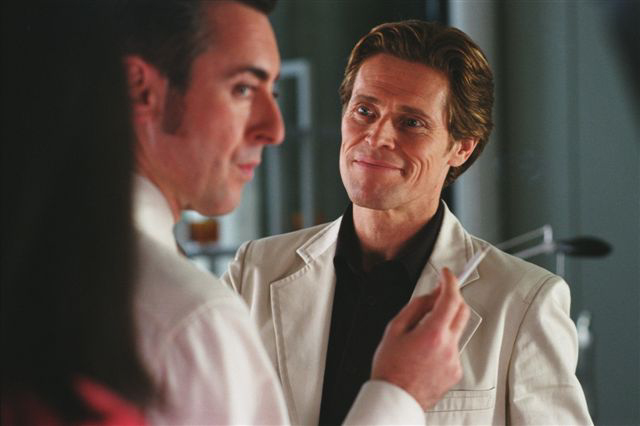

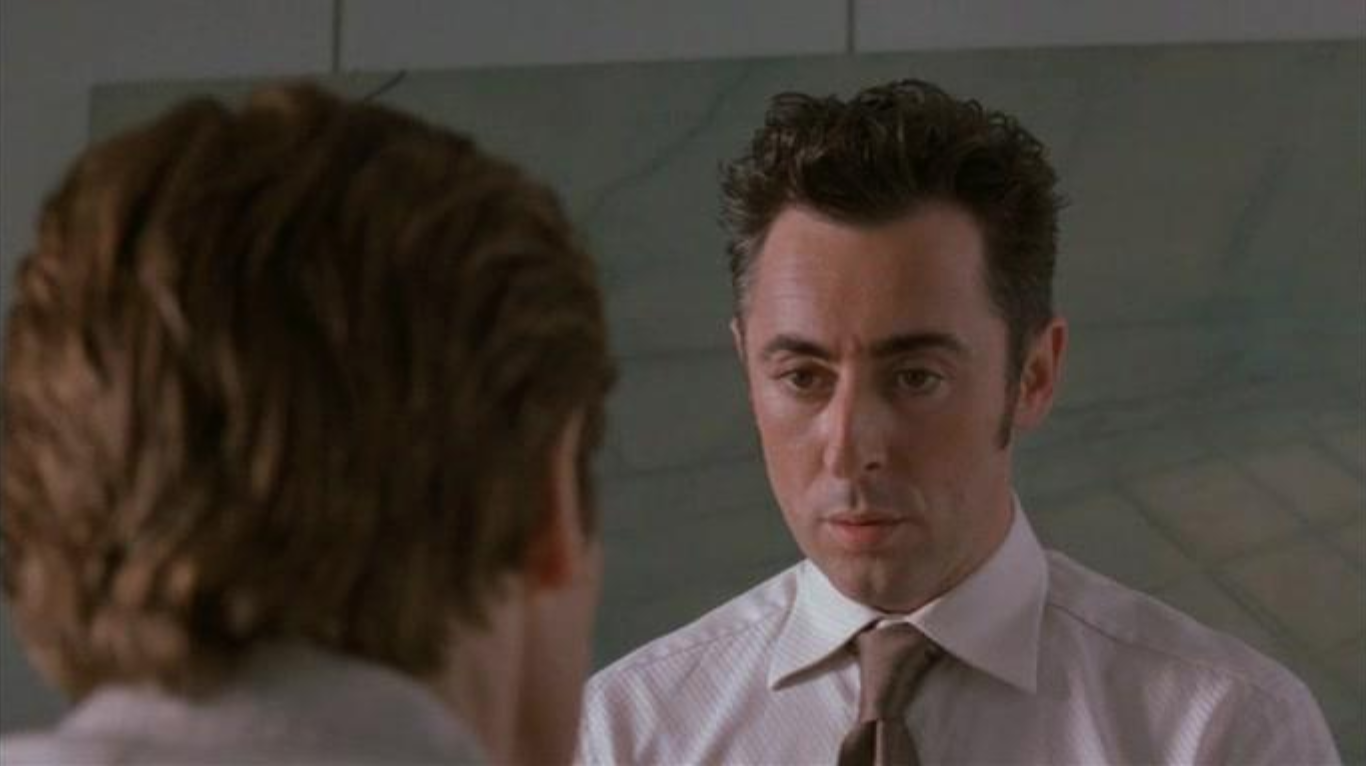
I shot Ripley Under Ground, an adaptation of one of Patricia Highsmith’s Ripley novels, in London and the Isle of Man in the summer of 2003. The film was directed by Roger Spottiswoode and also stars Willem Dafoe, Barry Pepper, Tom Wilkinson, Ian Hart and Claire Forlani.
I had a real laugh making this film, playing a coked up art dealer, but sadly it never really saw the light of day in theaters.
The Goodbye Girl
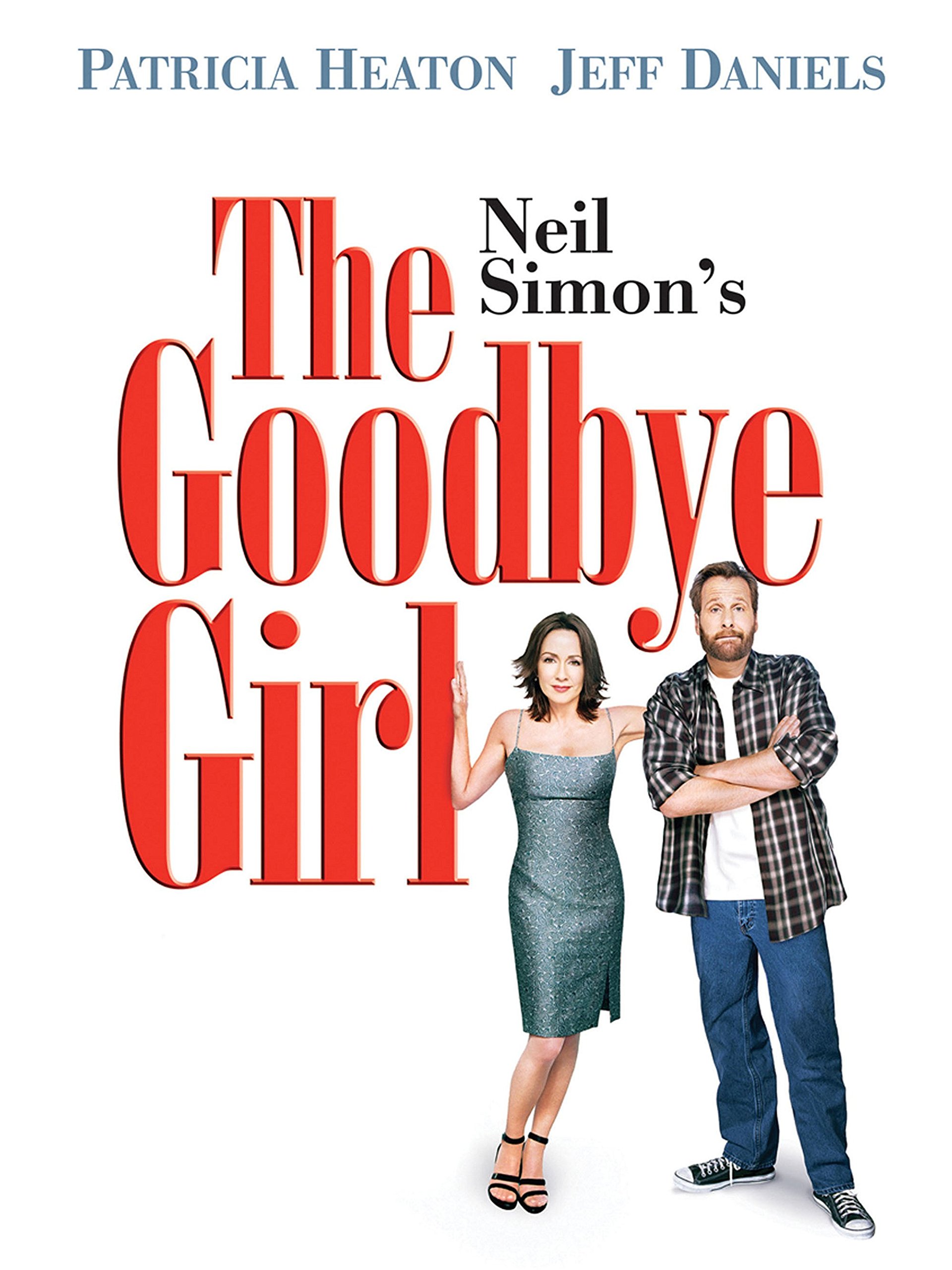

I played theatre director Mark Bodine in The Goodbye Girl, a Turner Network Television original film that offered a contemporary turn on Academy Award-nominated Neil Simon's classic about a dumped-on divorcee and an aspiring actor who become unwilling roommates in a New York City apartment.
Directed by Richard Benjamin, the film was shot in Vancouver in the spring of 2003, and aired on TNT in January.
Modern Painters Article
Video Art - The New Rock and Roll?
by Alan Cumming.
I like video art. Call me new-fashioned. Maybe it is because so much of my life is dominated by more conventional uses of the camera – making films, being snapped by paparazzi – but I just enjoy seeing how artists take a medium that we all know and love and then reinvigorate it.
Living in New York over the last few years I have seen more and more video art, and become more and more fascinated, perhaps because, as a film-maker myself, I want to be more stimulated and challenged about the possibilities of what a moving image can achieve and convey. Or maybe less loftily, and as a lot of people in the art world would like us to believe, I am just a lazy pleb who is so used to sitting in front of a screen at home, I can only appreciate art if it is fed to me in the same form. But you know what? I don’t really buy that theory.
Photography didn’t kill painting, and video art won’t kill either. So all you fine artists and dealers out there should breathe a sigh of relief, let down your barriers and embrace your digitally-inclined peers. They want to do the same thing as you, they just use different tools to do it.
They are also, of course, very hip, edgy, now and all those other words that mean they are newish and popular and people haven’t yet decided whether they are a passing phase or the next very big thing. But in my recent experience, they are definitely way, way the latter. They are the new rock and roll, baby.
Douglas Gordon (a fellow Scot – hooray) had a recent show at the Gagosian gallery in New York City that was so the thing to see so I went to see it. I was amazed. You walked into a darkened, silent room to find two huge screens showing a revolving tracking shot of an elephant. It was mesmerizing, and sort of scary, because, as the elephant had been shot in the very room that we were now watching it in, I half expected it to actually still be there, waiting in the shadows, wondering what we all thought of it. My dog came with me to see it and she was transfixed. And she normally is more interested in the floors of galleries. Douglas Gordon is big in the canine art world apparently. Douglas had previously wowed me with his 24 Hour Psycho, which was basically Hitchcock’s masterpiece slowed down so that it lasted a whole day. Not really a crowd pleaser I thought when a friend suggested we catch it (or a bit of it – I think watching it in its entirety was only for the really fervent) but I went along, and it was, well, mesmerizing, and hypnotic and disturbing. Art is only about making us feel things, I think. I mean that is all that any artist can hope for their work to do, don’t you think? Ergo, Douglas Gordon is a great artist. And also one of the group of the bright young things of the video art world whose work sells for a fortune, and who party like it’s 1999. Yes, apparently. It’s not only the sociological and cultural aspects of video art that emulate rock and roll. My research for this piece uncovered a plethora of hard drinking, drugging and shagging stories that make the televisions thrown into the pool antics of their musical cousins seem schoolboyish and mimsy by comparison. Of course I could not possibly divulge any further details, but hey, come on, who doesn’t like a bacchanalian orgy at the end of a hard day’s filming? I know I do. But you have to keep it in check, and that’s where the rock and roll comparison comes into play again. I’m sorry to have to be the one to break this, but Douglas Gordon’s elephant looked stoned during filming. Really out of it. She couldn’t stay standing.
While we are on the subject of subjects looking stoned, Douglas Aitken did a piece at the 303 gallery last year entitled New Skin, which was about a woman who was obsessed with images, and rightly so as it turns out she is going blind. It was even projected onto a moving elliptical screen to represent the eye. This is where I think video art can become really interesting, because it starts to combine several different disciplines: in this case, video (duh), performance and also sculpture or architecture or whatever you care to think of Aitken’s moving screen as. Aitken incidentally is another of the big video art stars of today. He started out making pop videos then got more abstract and wowed them at the Venice Biennale in 1999 and has since then been officially BIG. But the idea of using video, performance and sculpture is not new. Tony Oursler has been doing it for years, and his present show at the Metro gallery is a collection of weird shaped objects with weird shaped faces projected onto them. Their voices are imploring, cooing and invite us to come closer as if we were babies, but the reality is that the faces are made up of two eyes and a mouth that seem to move independently of each other and are conversely not in the least inviting at all. It’s both funny and disturbing at the same time. I loved it.
Of course, if we’re talking rock and roll, we need look no further than Matthew Barney. Matthew is uber-big, in fact Matthew is the Elvis of video art right now. The Guggenheim, no less, is at present housing a huge exhibition/installation of his sculptures, photographs and video installation and screening his entire, Wagnerian-like Cremaster film cycle. It is a pretty amazing feat for a young artist to have the entire Guggenheim devoted to his work, but such is the power and potency of Matthew Barney. Like a true rock star, he has managed to forge an identity that is a multi-layered feast of mythology, sexuality and gender, semiotics and personal Matthew Barney stuff. He also has the rock chic trait of getting other amazing artists to join him in his films, like Richard Serra, thereby both collaborating and confirming his deity at one and the same time. As if this wasn’t enough, he is really sexy and is always taking his clothes off and climbing things, and he goes out with Bjork to boot. He couldn’t get any more rock and roll. Electric guitars twang at the very mention of his name.
And there are others, so many others these days. Candice Breitz, Pierre Hugghe, Shirin Neshat, Paul Pfeiffer, Pipilotti Rist, Eija-Liisa Ahtila - all these names are in the video art top 10. Janet Cardiff is another big star. She had a show at PS1 in Queens last year that blew my mind. Not only did she have amazing video installations where you walked behind a curtain and entered a room where a tiny projection of a woman on stage made you feel like you were in the Gods of some huge old theatre, but she also talked to you as you wandered round the museum on a site specific CD that guided you down dark corridors and through ominous doors. It was really spooky and such an act of trust to do as she said. Never have I felt so penetrated by an artist’s will - she was literally inside my head telling me what to do. Actually, I suppose Janet is not strictly speaking just a video artist. She is a sort of aural suggestive artist too, if such a thing exists. She is really a crossover artist in the video world. Think Faith Hill, or Dolly Parton. Actually don’t, but you get the idea, I hope.
There is also the old guard, the legends that inspired and still stun, but are now more mellow and reflective. Bill Viola is the James Taylor of the video world -a ground breaker, always inspiring and always cool. My favourite ever Bill Viola experience, and it’s a theme that he has returned to many times, was when I walked into a darkened room and suddenly a whole wall in front of me crashed into life and I saw a man drop into a tank of water in slow, slow motion. Every little air bubble and wave became apparent and, even though the man can only have been there for the length of one breath, it felt like he was there forever and was surely going to burst. Like Douglas Gordon’s 24 Hour Psycho, Bill Viola was using the technology of video to make us re-examine what we thought we already knew.
These Viola themes of water and playing with time were really evident when PS1 mounted an exhibition of early video work belonging to the collectors Pamela and Richard Cramlich, who have been avidly collecting video art since 1967. And thank God they have because they have practically collated the whole beginning of a new art movement. (God knows where they keep them all. I hope they have a big house. And a lot of televisions.) Here were video art pieces that were made before video even. Some of them had originally been shot on film, and the sound of the film looping was carefully added to the exhibits to recreate the experience of original viewing. Some of the outstanding pieces for me involved the performance artist Marina Abramovic, who used to do really wild and often violent and naked pieces with another artist named Ulay, where they would run into each other or slap each other again and again and again. My favourite was a piece called “Art Must Be Beautiful, Artist Must be Beautiful” where she brushed her hair so hard you felt it was all going to fall out, and you really wanted her to stop. Marina has continued to evoke that feeling in her audience over the years. She recently starved herself for twelve days in a gallery in NYC, and the public could come in and observe her, and wish, no doubt, she would stop. I didn’t see it, but I’m glad. Much as I appreciate what she’s trying to do, I think my Scottish upbringing would have forced me to throw her a doggy bag or bring her some soup in a flask. Even though I’m all chic and know who Bruce Nauman is, I’m still my mammy’s boy.
But enough of me. For God’s sakes, there is even video art in my local bar!! The first time I noticed it I thought there was something wrong with their satellite system, but no, I soon realized those screens showing two men standing outside the Royalton hotel constantly shaking hands for twenty minutes at a time were actually video art installations. It was mesmerizing actually. Yes, that word again. Me and my fellow drinkers became obsessed with it. I eventually had to look away. It made me feel a bit weird in my tummy. Who would have thought art in a bar would do that?
But that, I think, is the great thing about video art. Because we aren’t always sure what constitutes it, it continues to surprise and challenge us. And because we are relatively au fait with some of its workings and conventions the artists are able to take us further down new roads than we would probably have previously allowed. Because I mean, what actually is it?
Is the Cremaster cycle a piece of video art or a film? Would Sam Taylor-Wood’s film of Robert Downey Junior wandering around an empty house be considered a video art piece if he wasn’t lip-synching to Elton John’s “I Want Love”? And also, who cares?
Isn’t it great that this new breed of video artists have taken the newest and most all- conquering art form in our history and used it to inspire, challenge and explore? Despite the laborious links this article has tried to make with their musical cousins, they do not merely seek to entertain, to plow the lowest common denominator just to sell their product. The similarities are only in style, not content.
Vivat, vivat, video art and rock on down to a gallery near you, baby.
Until There's A Cure
I went to San Francisco and shot this PSA for Until There's a Cure.
Talk Shows









Here I am talking about X2 and all sorts on The Jonathan Ross Show, Caroline Rhea, Conan O'Brien and Graham Norton as well as clips from coverage of the premiere in LA, the WB11 news in NYC, E News Live and so on.
Tommy's Tale UK Release
My debut novel Tommy's Tale was released in the U.K. the following year after its U.S. release.
Spy Kids 3D: Game Over
Fegan Floop makes a brief but thrilling appearance in what we all thought was the final installment of the Spy Kidstrilogy, Spy Kids 3-D: Game Over.
Going back to Austin to shoot these few scenes I had in this movie felt like going home for Thanksgiving. I was seeing all the same cast and crew for a few days and going to the old familiar places, even wearing the old familiar Floop costume. This experience was quite different to the other two because practically the entire movie was shot against green screen. Also of course the 3-D part made it very different technically. I have always been bitter that there weren’t any Floop dolls made, apart from the one Juni has in the first movie (which I have), so when I was wrapped they gave me a bronzed Floop doll for posterity. It sort of looks like an award so that makes up for not having been an action figure.
Frasier
In the last ever season of Frasier, I played a yogi named Ahmrit who gives private classes to Niles and Daphne in an episode that aired in March. I'd always liked Frasier, so it was great to actually be in it. The most amazing thing about the week-long process was seeing how skilled the cast was at knowing exactly what was needed to make the script work best. They had been playing these characters for so long they just had it down. I was full of admiration for them, both for that reason and that they hadn't gone crazy playing the same people for ten years! I'd only ever done one US sitcom before, but they made me feel I was in very safe hands. The only bummer was I didn't get to shoot my scenes in front of the live audience. We had to pre-record them because David Hyde Pierce had to do yoga moves that needed a body double!







